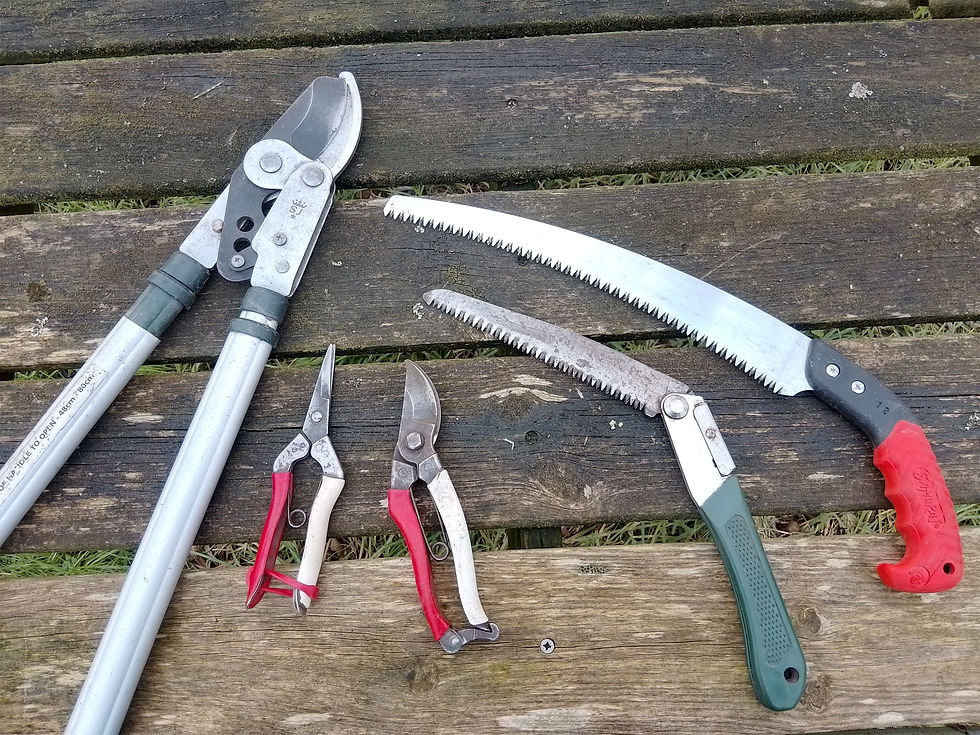Wildlife Loves Long Grasses
- Nancy Lowe

- May 4, 2023
- 2 min read
Updated: Nov 9, 2023
It’s officially ‘No Mow May’, and I’ve been looking into all the ways long grasses help our garden wildlife, so I know what to look out for as my lawn grows nice and long. If you’re also thinking to let your grass grow out this month, the good news is that even without being a wildflower-rich lawn, simply having long grasses will be supporting a whole host of wildlife garden visitors.

First on the list and a group you are really likely to see visiting for the first time if you’ve not grown your grass long before, is the Brown family of butterflies. This includes the Meadow Brown, Wall Brown, Gatekeeper and Ringlet butterflies. Their caterpillars need native grasses to feed on and happily, these are present in most garden lawns.

Another butterfly family you may start to see more of, is the Skipper family. These are small, but often brightly orange coloured butterflies. They are rather triangular shaped, which is how I tell them from other species, and there are a number of different varieties, that all look fairly similar to each other. Again, their caterpillars all need native grasses, grown long, so if this is what you’re doing, they will really appreciate the extra habitat you’re providing.

Some garden visitors like to use long grass as a hunting ground, hiding amongst the stems or flittering in and out of them to find their lunch. Damselflies are one of these. I remember the first year our grasses grew really long on previously concreted areas of the garden, we started seeing gorgeous turquoise damselflies. When we grew the lawn out for the first time, it was the large red damselflies that came to visit. Always a delight to see them hovering, darting or diving in amongst the grass.

Other wildlife you may be supporting, but may not actually be seeing, is your local frog population. Frogs have a very laid back hunting method – they simply hide out in amongst thickly growing plants, such as long grasses, and wait for lunch to walk by. They use their long, sticky tongue to catch and reel in anything that takes their fancy – slugs, snails and insects are all options - and the long grasses provide the perfect habitat for all these frog snacks to hang out in.

These are just a few of the wildlife visitors you can expect to see more of if you join in with No Mow May this year, but there will be many more who will also really appreciate the food and habitat your area of long grass provide. If you have any sightings in and around your grown out lawn, it would be great to hear about this in the comments below.







Comments